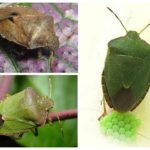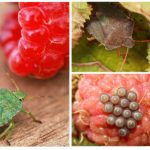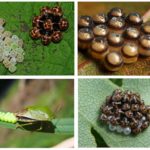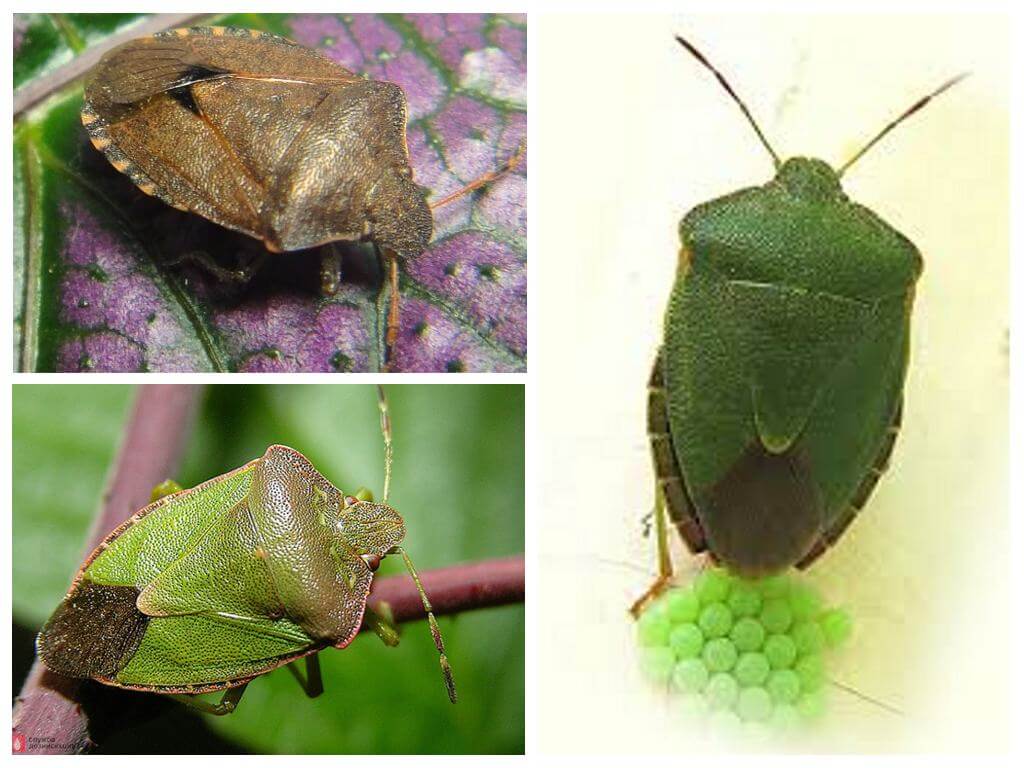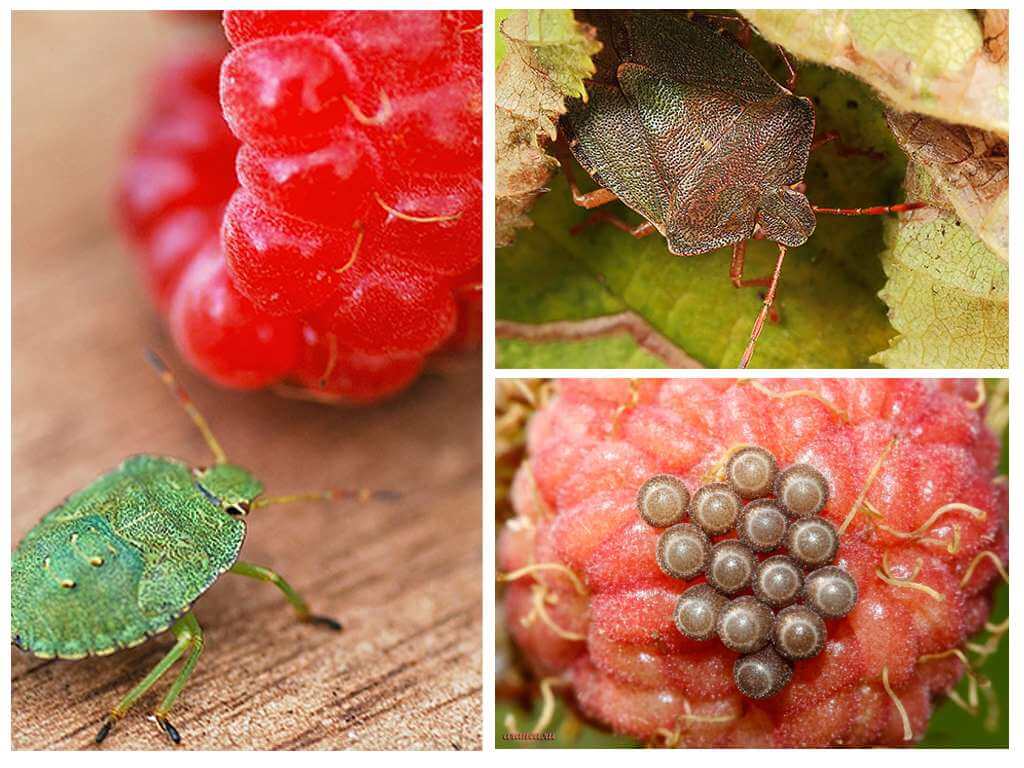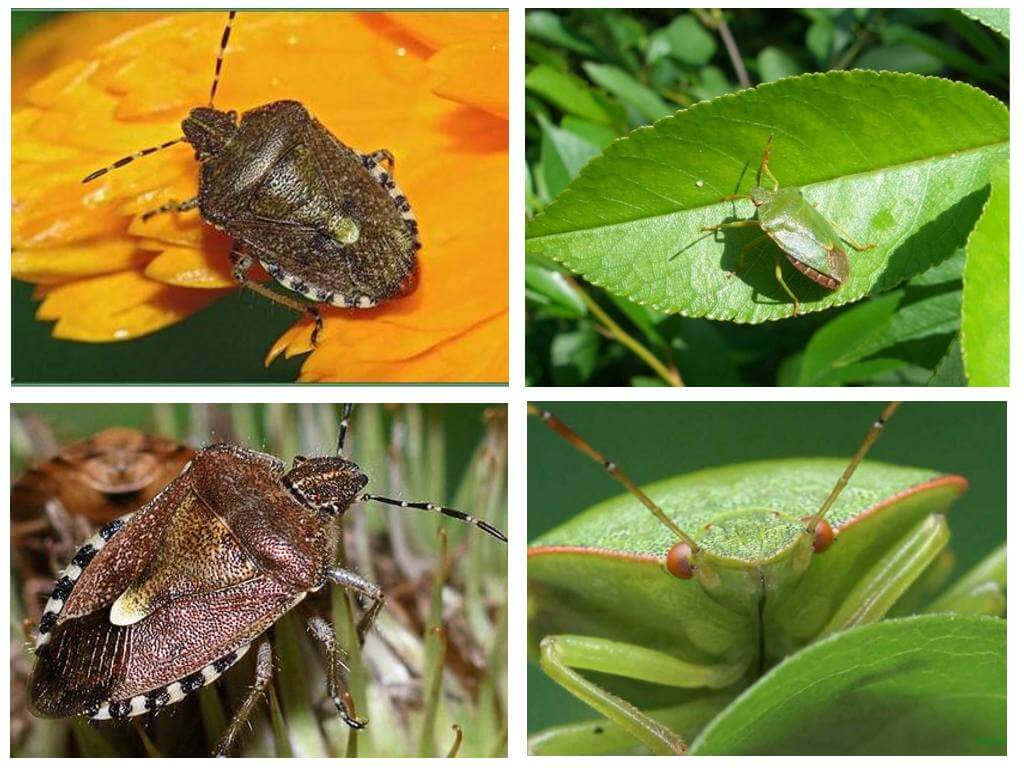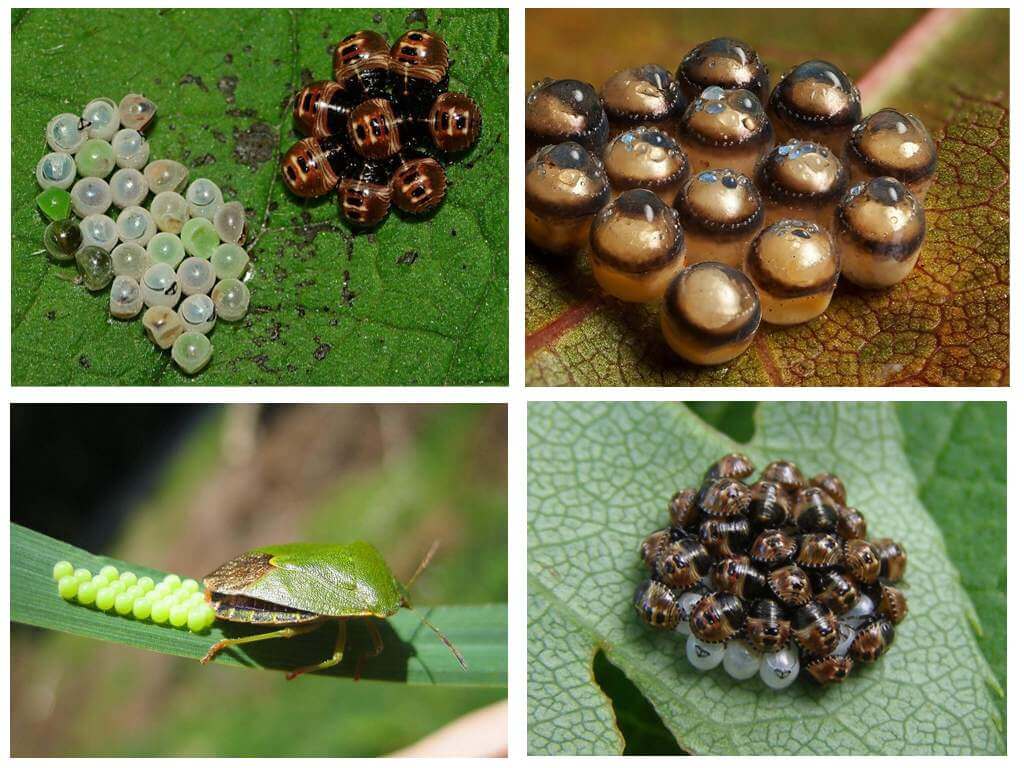Woody green bug
Content
- Woody bug
- Woody bug
- Woody bug
- Woodbug Eggs
- Aerosol Clean House
The woody bug belongs to the family of true shields, which includes more than 3990 species. This is quite a lot, considering that about 40 thousand were described in total. species of bedbugs. Tree shields have about 180 species, the most prominent representatives are green and gray bugs, as well as berry shushniki. A feature of the insects of this family is the upper chitinous shell in the form of a shield, due to which the representatives of this family got their name.What a wood bug looks like and what it eats, consider below.
The appearance and structure of the insect
A green tree bug has an oblate body in the upper-lower direction, divided into five segments. The upper part is divided into:
- triangular head;
- prothorax with acute triangular protrusions;
- shield;
- two pairs of dense elytra;
- membranous wings.
From the lower, abdominal part, the body is divided into six segments at the edges, which open the holes of the spiracles. Between the second and third pair of paws are glands that emit substances that emit a specific odor, due to which the shields are called stink bugs. The aroma not only lures the partner, but also protects insects from predators. The edges of the chitinous cover of the segments of the abdomen protrude, forming a relief frame when looking at the insect from above.
Interesting!
The smell that wood bugs emit is much stronger than the scent of other members of the species. With it, insects communicate, “mark” food places, informing their relatives about the availability of food, “call up” to a sexual partner and warn about danger.The glands secrete a secret, not only having a pungent smell, but also poisonous for other insects and birds. The main component of the secret is cimicin acid - contact poison for small insects.
Mouth apparatus piercing-sucking type is represented by a pointed proboscis. What feeds on green bugs depends on the availability of food resources near their habitats. They can be both "vegetarians" and carnivores. With the help of a proboscis, a garden green bug pierces the skin of leaves, berries or a blade of grass and sucks the juice.
From garden crops he prefers raspberries, but does not hesitate to use other shrubs. Damages cereals - stalks and grains. But berry bug can eat dead insects, sucking their contents. In the food object, the shield injects digestive enzymes containing symbiotic bacteria that provide food digestion. The secret of the salivary glands changes the viscosity of vegetable juice and facilitates absorption.
The answer to the question of whether green bugs bite is not completely clear. The few testimonies about the bites of these insects make us doubt whether these individuals were mutants that crossed with predators or bed bugs. The soft proboscis of a green shield cannot pierce the skin of a person, therefore rumors of bites are doubtful.
Interesting!
Forest bugs have a thicker proboscis than green woody shivniki. They pierce the covers of caterpillars and insects without chitinous cover, sucking them. Wood shields can "bite" if stepped on or crushed.
On the head are two complex eyes, and closer to the base of the shield are two simple ocelli. Long antennae consist of 4 segments.
The photo of a wood bug gives an idea of its appearance. In the photo of the species is a bright green color of the insect. This is a summer "outfit". With the onset of autumn brown specks appear on the chitinous cover, which merge as the cold approaches. Thanks to such a protective disguise, the bug does not catch the eye on the fallen autumn foliage, in which he overwinters.
Adult insects overwinter close to food objects. Green tree bugs hide for the winter in a laying from the fallen foliage, under small pebbles. The forest shield hides under the bark of a tree. They plunge into the state of obligate diapause, and not just numb.
With the onset of spring, insects are actively beginning to look for food base, flying into gardens and deciduous forests.
Reproduction and transformation cycles
In the mating season, the woodbug male circles around the female, gently touching her with the antennae and head. By fertilizing the female, the malebug introduces the genital organ into the hole in the dorsal abdomen. The seminal fluid injected into the “vault” fertilizes the eggs as needed.
In a favorable climate, the female can lay eggs twice in a warm period of time. In one clutch there are up to 100 round eggs of light green color, tightly adjacent to each other. Their green woody bug sticks to the bottom of the leaf. The eggs in the upper part of the lid, facilitating the release of larvae. From the beginning of the laying to the release of the larvae takes about 15 days.
The photo shows the first-generation larvae that just left the eggs, and their bodies are brown in color. The larvae, like all insects with incomplete transformation, are almost identical in appearance to imago, with the exception of wings. After hatching, the young individuals immediately begin to feed.
The larvae of the wood shive are 4-5 molts and change the color of the chitinous cover from brown to green. The whole cycle of conversion from an egg to an adult insect takes 1.5 months.
Interesting!
Traditional medicine uses green wood bugs shields for the treatment of alcoholism. To this end, preparing vodka tincture on the "stinkers". The taste of alcohol does not change, but dissolved bioactive substances cause an emetic reflex, which should discourage a drunkard from alcohol. It is enough to catch 2-3 shields and pour them with a glass of vodka so that in 4-5 days the “medicine” is ready.
By the end of the transformation, the larvae appear thin wings with unexpressed venation. They are rarely used by insects, although they can cover considerable distances in search of food. Woody green shield does not cause significant damage to gardens and orchards. Only in the case of a significant increase in the population can it damage the raspberry berries, giving them a characteristic smell. In the puncture site on young leaves and shoots remain brown specks, which prevents their further growth.
Green bug in the apartment and methods of dealing with it
Green bugs in the apartment are rare guests.There, the usual food is missing for them and they can fly by chance: during the breeding season, exploring new territories or with a sharp change in weather conditions. Through insect-protected windows, the bug gets into the house from the garden and the only harm from it is an unpleasant smell.
If the invasion of insects causes discomfort, then you need to know how to get rid of wood bugs in the apartment. To do this, use several methods of combating insects:
- Mechanical - shields can simply be assembled, trying not to crush them, in order to avoid a sharp smell. Window openings tighten mesh. Through it, the shields can not get into the apartment.
- Chemical - use aerosol insecticides Clean House, Raid and others that you can freely buy in Moscow and other cities. But the use of chemicals is necessary for severe damage to berry crops. garden bugsin the apartment is not necessary.
- For the treatment of the garden and vegetable garden from wood shields, folk remedies are used - a decoction of onion peel, a solution of mustard powder, an infusion of red pepper, a decoction of black cohosh.
- If you plant around a strong-smelling plant - tansy, lavender, cloves, mint or tsimifugu (black cohosh), the tree shields will leave the garden and stop flying into the houses.
Since the tree arbor is not a threat to humans or agricultural crops - there is no systematic fight against them.

